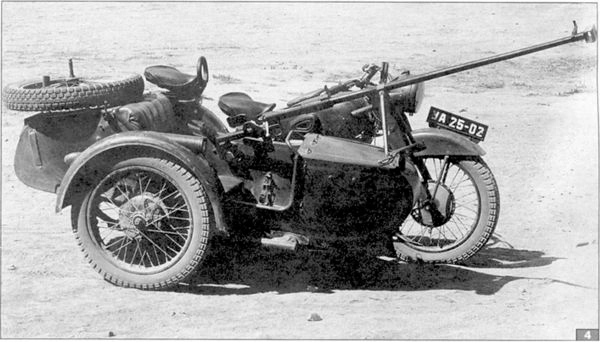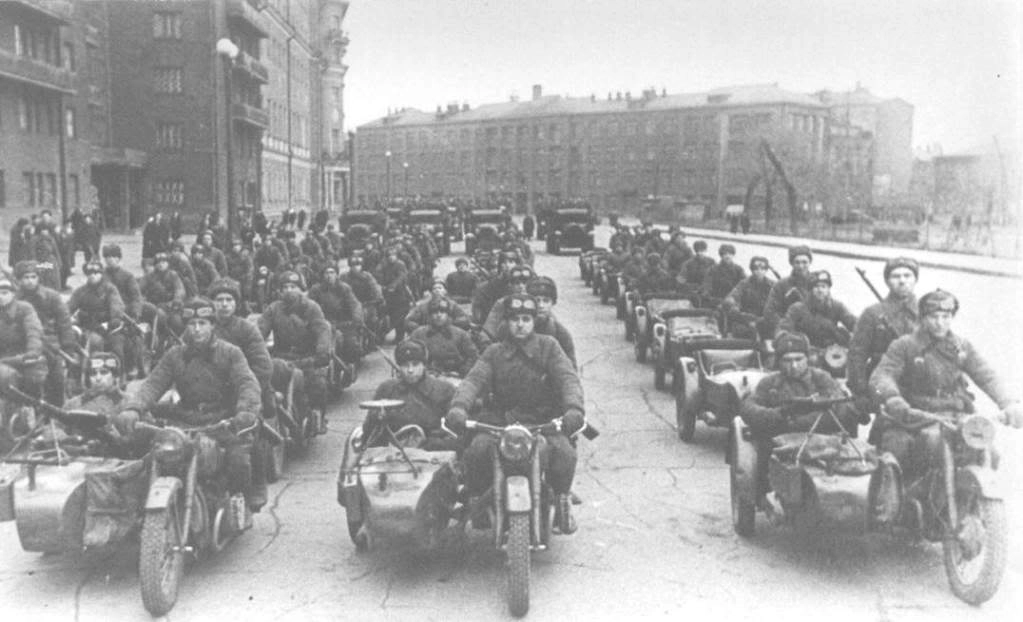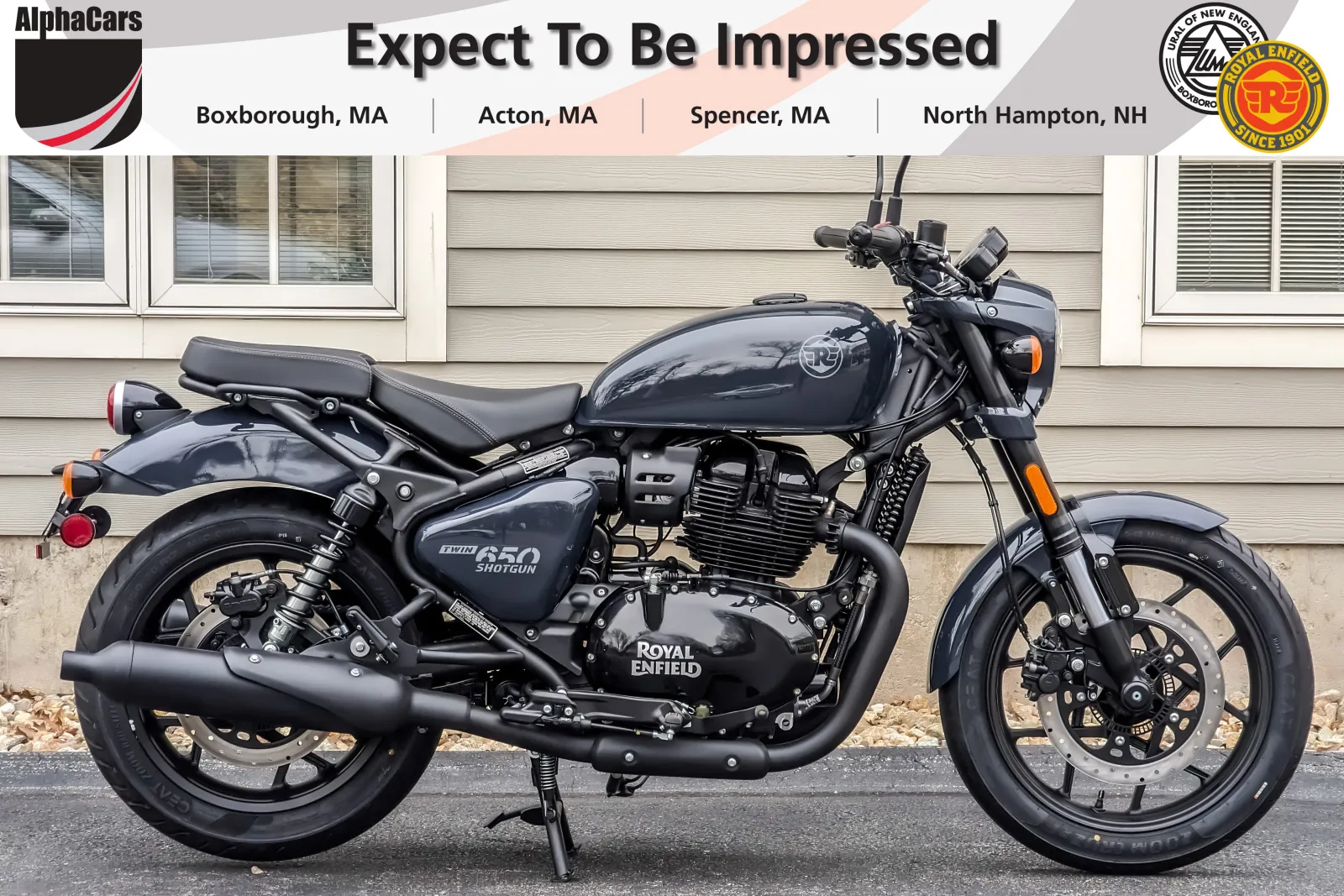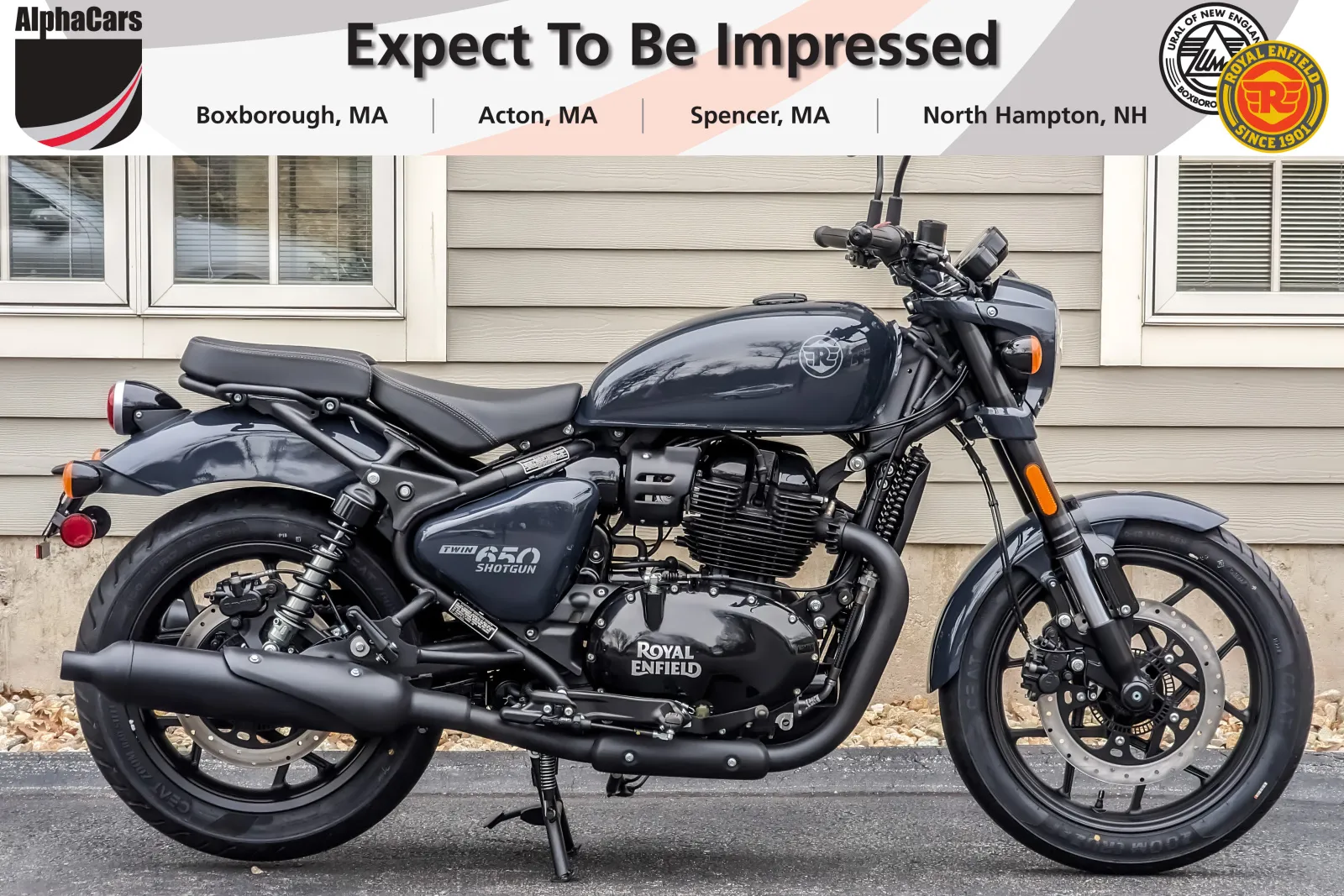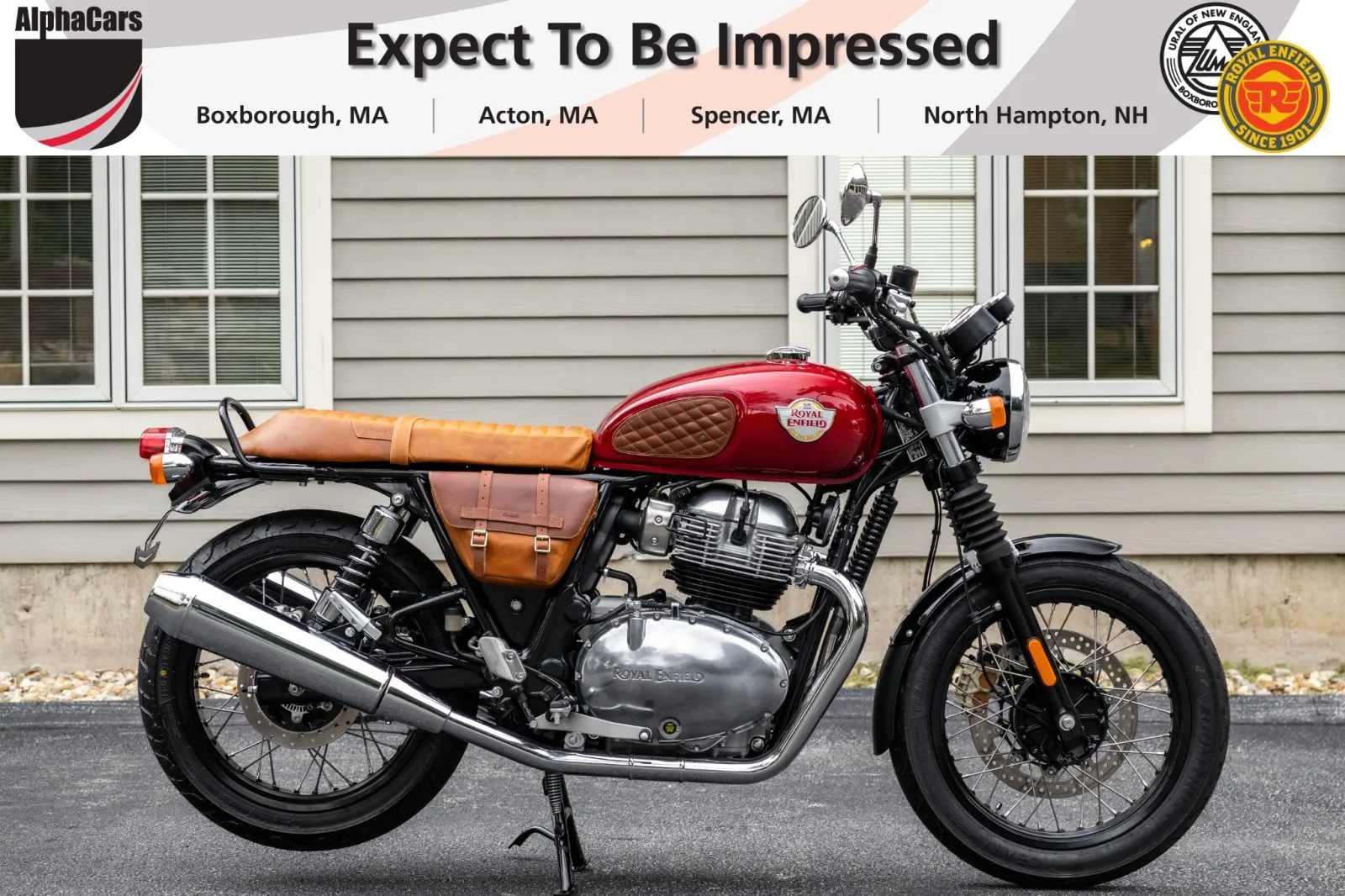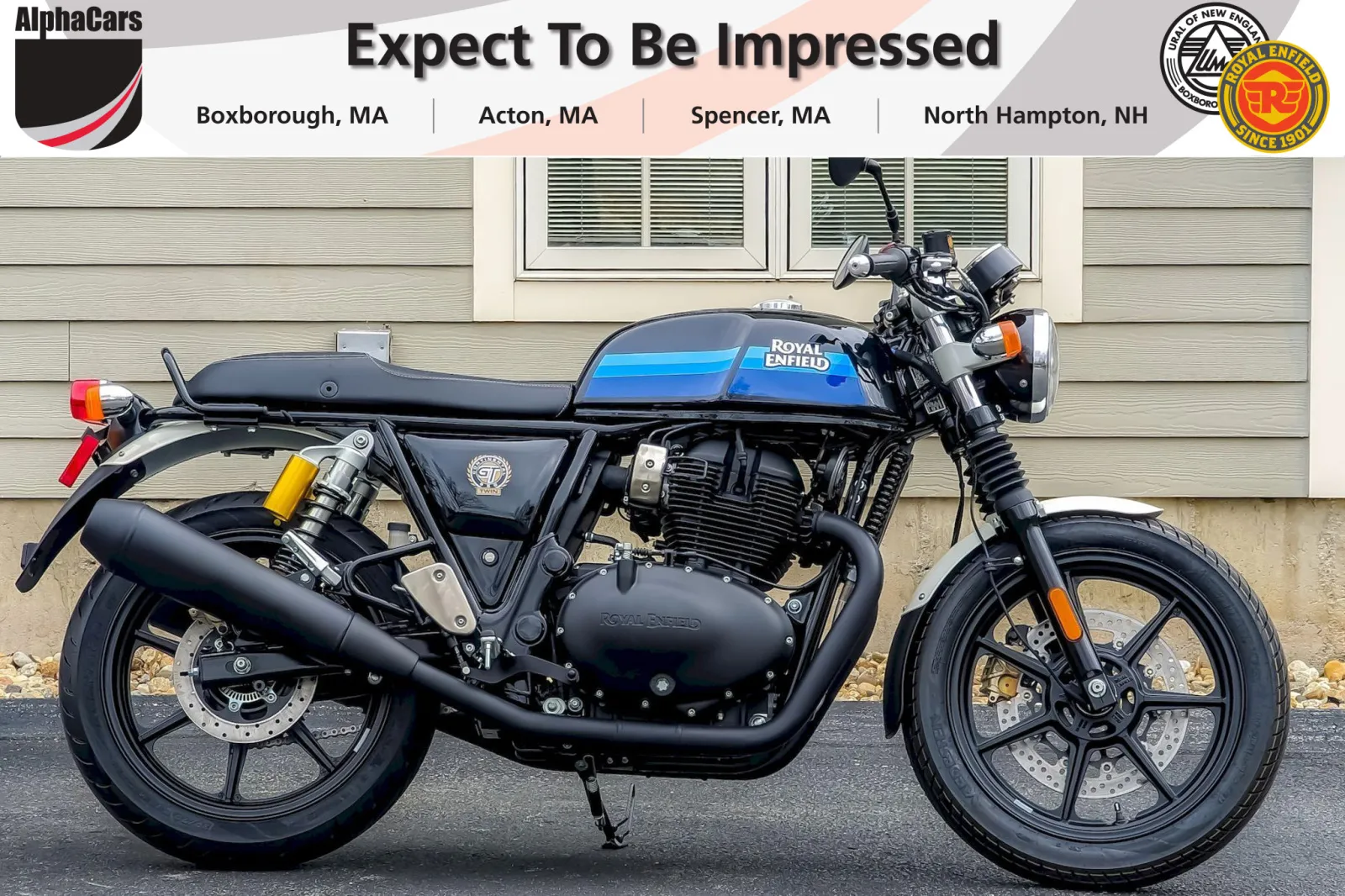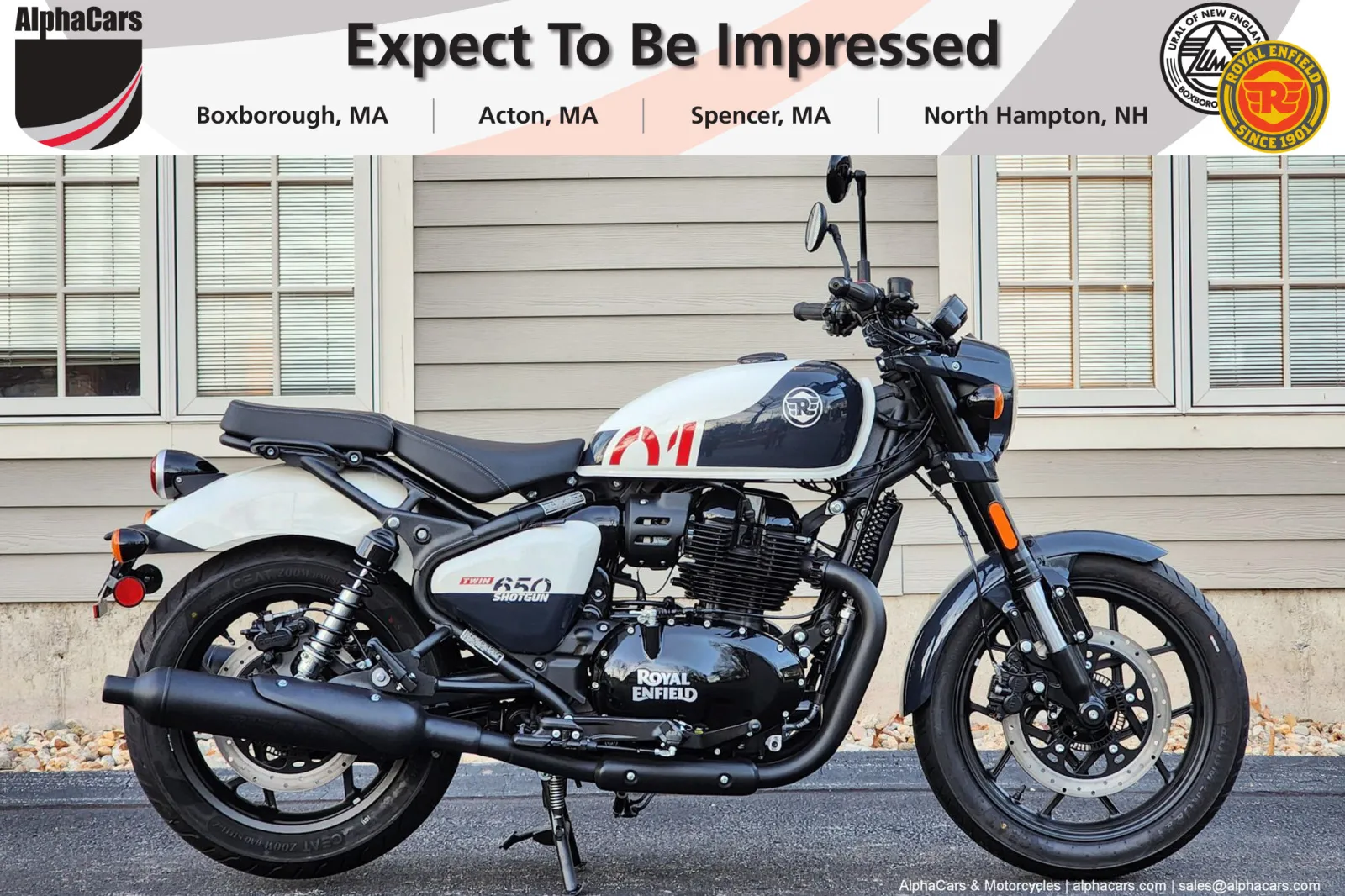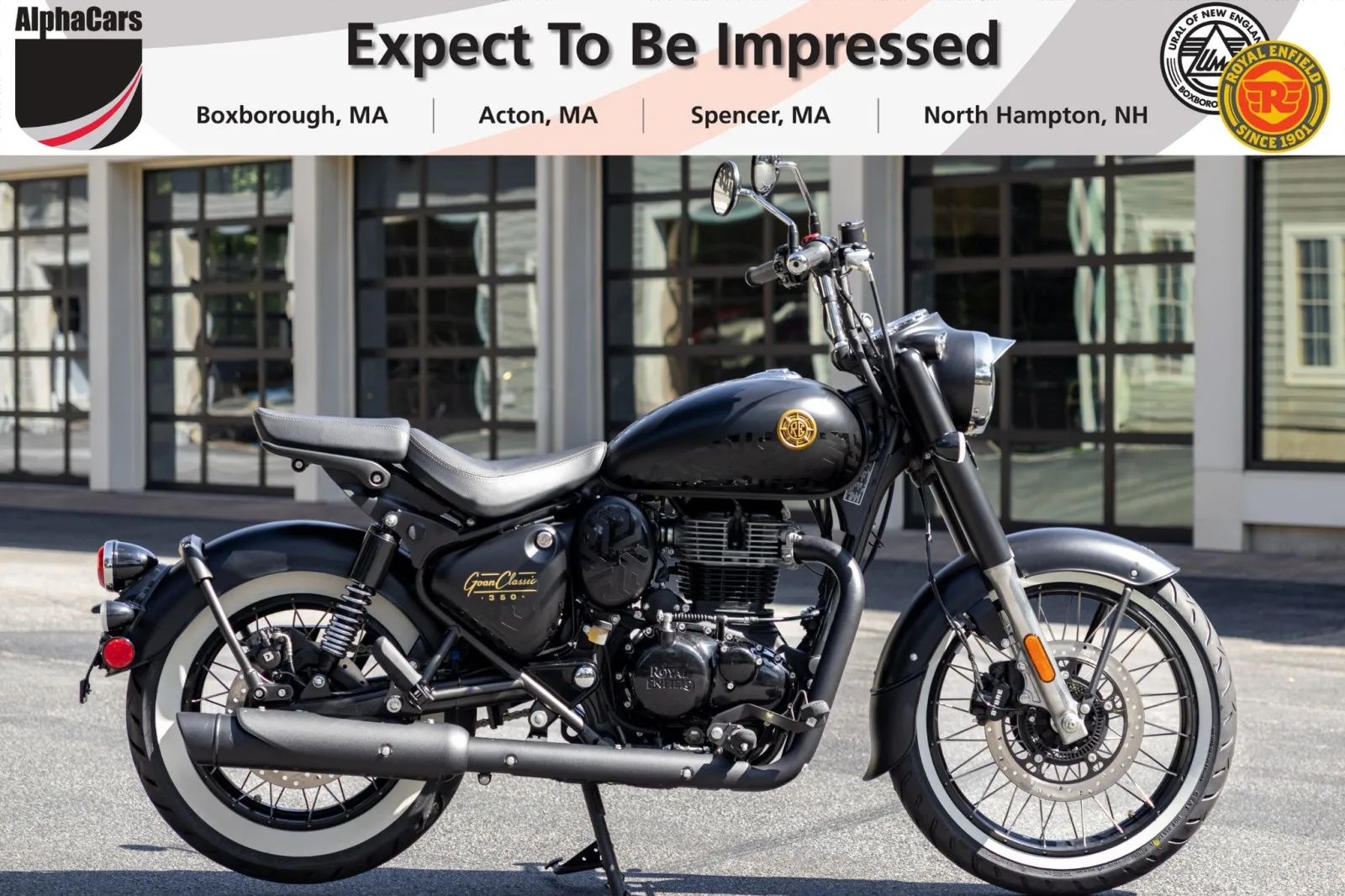History of Ural
Table of Contents
Tips for composing a new page
The Pact that Jump Started Ural
On August 23, 1939 the Soviet Union and Germany signed the Molotov/Ribbentrop Pact or the German-Soviet Non-Aggression Pact in Moscow, but it didn’t mean tensions between the two countries were lessened. Stalin began planning and preparing for when this pact would no longer be in play. He only needed time to prepare his army who were tremendously ill equipped to be at war with Nazi Germany. The biggest concern at the time was to defend their country from invasion. To do this, Stalin needed to enhance his army by giving them modernized equipment. Ground troops and Special Forces were priority. Stalin had seen the devastating effects of the blitzkrieg on Poland and he knew mobilization was the key to victory. The current state of their vehicles were unreliable and did not suit their needs anymore. They needed something new in which they could rely on.O
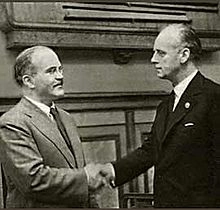

In 1941 Nazi Germany attacked, just as Stalin knew they would; and with their attack came a new serious problem. Most of the Soviet Union’s key industrial factories – who were supplying them with military weapons and vehicles – were within range of German bombers, even in Moscow. Stalin ordered an evacuation and relocation of all the factories.O
The M-72 factory was transferred into a small trading town called Irbit in the Ural Mountain Region. It had been a key player in trade until the Revolution in 1917. Once the M-72 factory moved it continued production of the military use vehicles even after the war had ended. Later, the motorcycles manufactured in Irbit became known as Urals and the manufacturer was called Irbit Motorcycle Works (IMZ). In early 1950’s a factory in Ukraine took over military Ural production, IMZ continued to make their motorcycles for both military and civilian use, but in early 1960’s they were solely making Urals for civilian use. Between the switch of military production between IMZ and Ukraine factory the M-72 line was sold to China in 1957, and would later make their own version called the Chiang Jiang.
